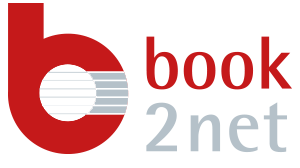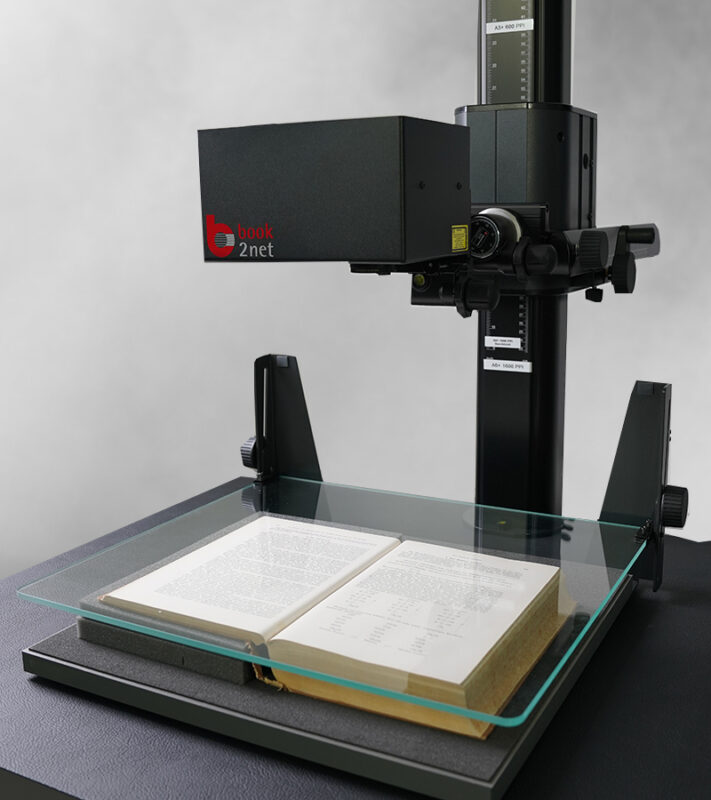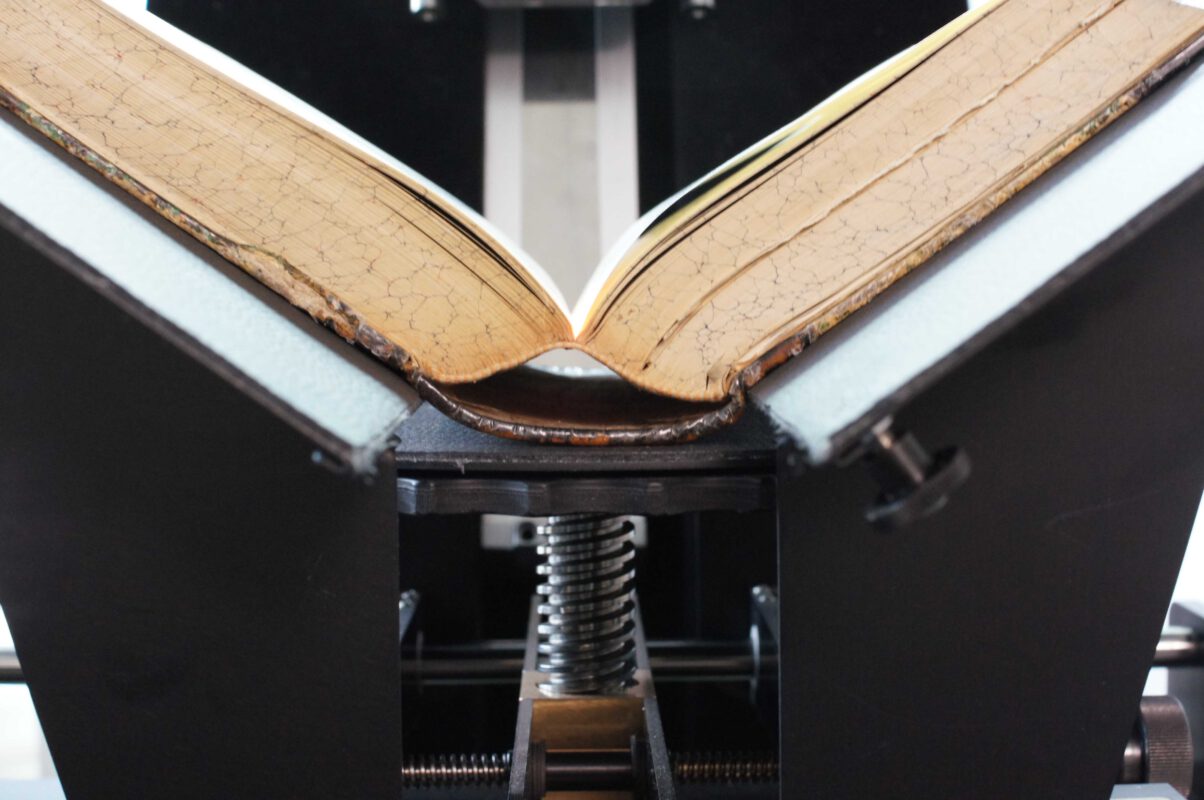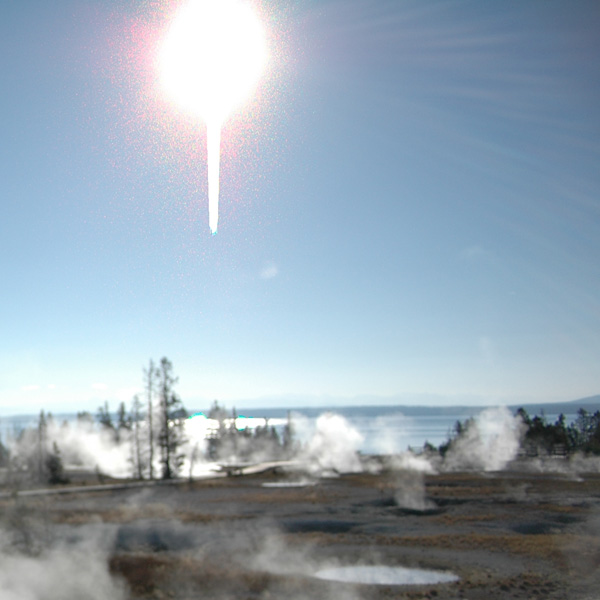Book formats have changed over the centuries and vary from country to country. It is therefore necessary to have a flexible scanning system in order to be able to carefully digitize a wide variety of formats.
The book format indicates how many sheets a book printer can create from one sheet of paper, which is traditionally based on the dimensions of a Roman parchment sheet. An unfolded sheet is called an atlas format, double folio or large folio. Folding the sheet a first time provides a folio format (2 sheets), folding it a second time provides a quarto format (4 sheets), and so on. The size varied depending on the availability of the skins that were processed into parchment.
In letterpress printing from the 15th to 19th centuries, the format was also determined by the number of folds of the paper sheet. However, the size of the paper sheet varied regionally according to the respective measurement system. Sheet sizes between 20 × 30 and 30 × 40 cm were common. In addition, the book size varied by the amount of trimming after binding. The ratio of height to width varied depending on the type of folding. In the 6°, 12° and 24° formats, the width is narrower in relation to the height than in the 2°, 4°, 8° and 16° formats.
German standards
Since 1883, efforts were made in Germany to standardize sheet sizes. 12 standard formats were introduced, of which number 1 measured 33 × 42 cm unfolded. For the bibliographic description of books, the Prussian Instructions (PI) were established, which defined standardized book sizes. The old designations folio, quarto, octavo, etc. were adopted, but defined differently. Only the height of the spine was used for classification, without regard to the sheet folding and proportion, based on the space-saving library arrangement of books of the same height on shelves.
In general, formats according to PI are considerably larger than according to the traditional definition. Thus, an octavo volume according to PI is up to 25 cm high, including also quarto, octavo, duodecimo and all smaller formats according to traditional understanding. In other countries, other rules applied.
Due to different printing, binding and cutting techniques, the size of the finished book varies. Therefore, the German Library in Frankfurt a. M. has created the following guideline:
|
Abbreviation
|
Name
|
Spine Height
|
|
gr. 2°
|
Groß-Folio
|
over 45 cm
|
|
2°
|
Folio
|
40–45 cm
|
|
gr. 4°
|
Groß-Quart
|
35–40 cm
|
|
4°
|
Quart
|
30–35 cm
|
|
Lex. 8°
|
Lexikon-Oktav
|
25–30 cm
|
|
gr. 8°
|
Groß-Oktav
|
22,5–25 cm
|
|
8°
|
Oktav
|
18,5–22,5 cm
|
|
kl. 8°
|
Klein-Oktav
|
15–18,5 cm
|
|
16°
|
Sedez
|
10–15 cm
|
|
Specification in centimeters
|
< 10 cm
|
Today, libraries in German-speaking countries mostly use the Rules for Alphabetical Cataloging (RAK) created in 1976, which are based on the International Standard Bibliographic Description (ISBD). According to this, the height of the book spine is given in centimeters during cataloging without specifying a format category. In addition to the height, booksellers and antiquaries often also specify the width of a book or a format category. The latter also applies to some foreign classification.
Related Topics
The term folio derives from the Latin word [...]
READ MORE
A newspaper format describes the standardized dimensions of [...]
READ MORE
A miniature book (mini book, micro book) is [...]
READ MORE
The standardized values for paper sizes known today [...]
READ MORE
A book (Latin liber), according to traditional understanding, [...]
READ MORE
In contrast to document or passage scanners, book [...]
READ MORE



